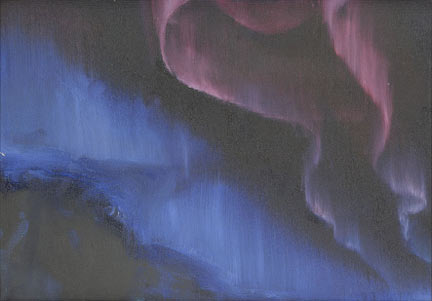Winging it! Illustrating a children's book
- SSCB
- Nov 20, 2018
- 3 min read
Updated: Oct 21, 2020
About a year ago writer Rod Kelly who Emma collaborated with to produce 'Why worry William Wasp' (a couple of years previously) asked if she wanted to illustrate another of his wonderful stories that Simpsons Special Care Babies wanted to release as part of a fundraiser campaign. When she realised what fantastic work the charity do to ensure the best care possible for the most critical early days of premature babies and for their families, she wanted to help with raising awareness of this - the fact that she could do this with her skill as an illustrator was a bonus. Below are some of the steps implemented in illustrating the story 'Winging it!' - a book about a little Adélie penguin with huge dreams.
How does Emma start illustrating a children's book?
Her process begins with the fun part; reading the story. Here she gets a feel for the tone of the tale which feeds into both the characterisation and story-boarding. Then she will start pencil sketching scenes from the story. She will then put the pencil drafts together to check that the flow works and that there is no repetition in terms of character stance and composition. Creating dynamic scenes and variety is especially important in captivating a young reader.

How does she develop the character of Paul the Penguin?
Emma spends a lot of time watching nature documentaries - and is also addicted to watching cute animals on you tube - so it all helps with characterisation. She will note not only the features of the animals but also how they move around. Paul being a member of the Adélie penguin posse are a very cute bunch, she wanted to emulate this but also with an undertone of their cheeky charisma!

What is the next step?
Emma will initially render some of the most exciting scenes. She tends to start with the images that appeal to her minds eye the most as opposed to going in chronological order. Certain image ideas grab her imagination the most, in the process of working on these further ideas will come into her head for the other story images and it generally snowballs out in that fashion. These first images are also where she gets a feel for the story and the colour palette is a reflection of this. In this book she particularly loved expressing that cold blue and pink sky combination in her paintings.


What mediums does Emma use?
Emma considers her work to be very much a mixed bag of different mediums. She loves going to the art shop to pick up new materials to use and is very much open to trying new techniques whether it be creating a fluffy cloud using acrylics or dry brushing over textured paper to highlight grainy effects.
'Winging it!' allowed her to try out different techniques as Paul - adventurer at heart embarks on a journey around the world. One day we are in the arctic, the next we are transported to the baking desert.

Of course at the beginning we also have the magical Southern Lights - so Emma looked at different ways to do this on youtube tutorials and actually found good old Bob Ross to be the best!
She found the wet on wet method of oil paints was by far the most effective at gaining that smooth light gradient she was aiming for.

This was in fact the first time Emma had worked in oils and she says she has a long way to go in this medium! Emma also likes to collect interesting materials that she could possibly incorporate into future projects.
Emma tends to create the backgrounds separate from the characters and various elements. She then compiles everything together using Photoshop. This allows for much creative freedom and flexibility throughout the entire process. Composition is a very important part of illustration and although it is drafted up in pencil first she likes to have the option to develop it fully as she progresses through the book. It also means she can move graphics around to allow for the addition of typography in the final stage.







